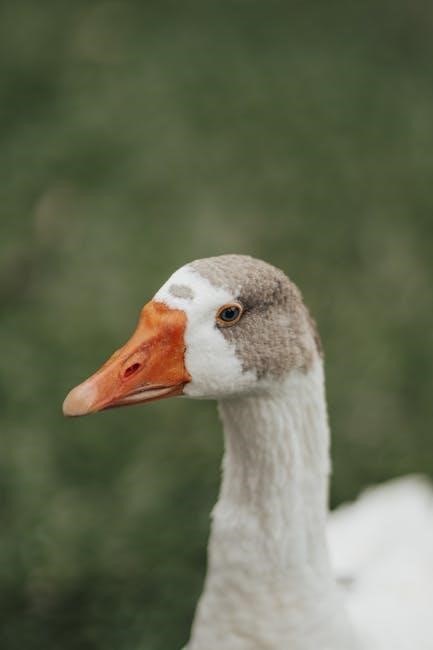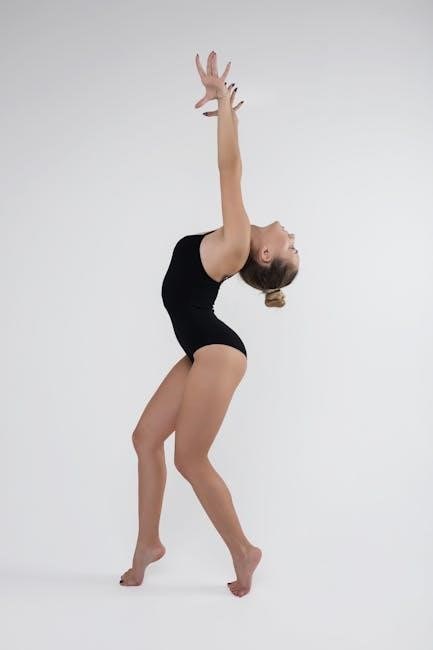Camille Paglia’s analysis of Hitchcock’s The Birds offers a provocative blend of aesthetic critique and feminist insight, exploring themes of nature, femininity, and psychological tension.
1.1 Overview of Camille Paglia’s Work and Influence
Camille Paglia is a renowned cultural critic and feminist scholar known for her provocative and deeply personal style. Her work seamlessly integrates literary theory, film analysis, and cultural critique, challenging conventional perspectives. Paglia’s influence extends beyond academia, making her a significant voice in contemporary discourse on art, gender, and sexuality.
1.2 The Significance of Paglia’s Analysis of “The Birds”

Camille Paglia’s analysis of The Birds is a landmark study, blending feminist theory with film critique. She interprets the film as a metaphor for nature’s rebellion and feminine power, offering a unique perspective on Hitchcock’s exploration of human anxiety and sexual dynamics. Her work remains a vital resource for understanding the film’s cultural and psychological significance.
Aesthetic and Technical Qualities of “The Birds”
The film’s aesthetic and technical qualities shine through its masterful use of visual composition and special effects, creating a chilling atmosphere with trained birds and illusionary flocks.
2.1 The Use of Visual Elements and Composition
Hitchcock’s meticulous use of visual elements and composition in The Birds heightens suspense and symbolism. Paglia highlights how lighting, framing, and bird imagery create a haunting atmosphere, reflecting themes of nature’s rebellion and feminine power. The film’s visual mastery, combined with its technical innovations, underscores its enduring artistic and psychological impact, as noted in Paglia’s detailed analysis.
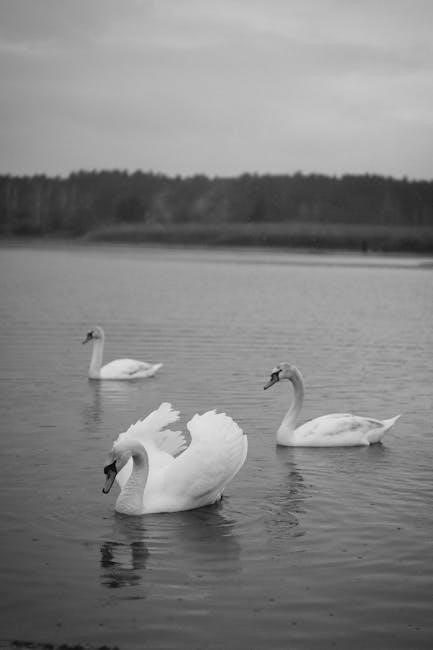
2.2 Special Effects and Their Role in Creating Suspense
The special effects in The Birds were groundbreaking, blending trained birds with optical illusions to create terrifying sequences. Paglia emphasizes how these effects amplify suspense, transforming the birds into symbols of uncontrollable chaos. Hitchcock’s innovative techniques, as analyzed by Paglia, not only startled audiences but also deepened the film’s psychological and symbolic layers, ensuring its lasting impact on cinematic history.
Mythical and Symbolic Interpretations
Camille Paglia interprets the birds as symbols of nature’s wrath and feminine power, reflecting broader cultural and psychological themes in Hitchcock’s masterpiece.
3.1 The Birds as Symbols of Nature’s Wrath
Camille Paglia interprets the birds as symbols of nature’s wrath, embodying chaos and unpredictability. Their attacks represent the unleashing of primal forces, challenging humanity’s control and reflecting deeper anxieties about femininity and the natural world.
3.2 Paglia’s Interpretation of the Birds as Feminine Power
Camille Paglia views the birds as emblems of feminine power, symbolizing the untamed and destructive aspects of womanhood. She draws parallels between the birds’ erratic behavior and the perceived unpredictability of female sexuality, suggesting that Hitchcock’s film critiques patriarchal norms through this imagery.
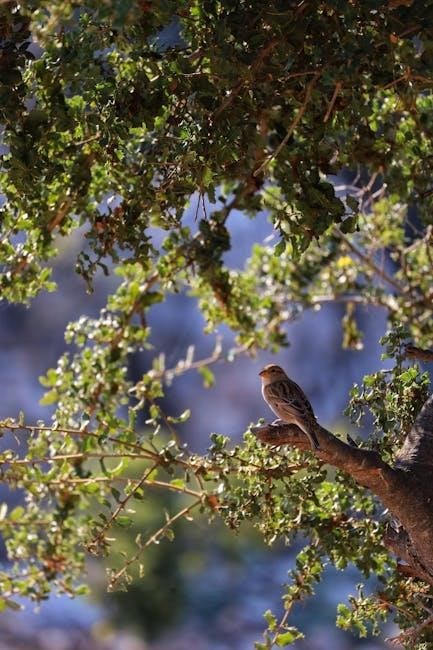
Gender and Family Dynamics in the Film
Hitchcock’s The Birds explores gender roles and family dynamics through Paglia’s lens, revealing societal critiques of patriarchal norms and female empowerment.
4.1 The Role of Melanie Daniels as a Modern Woman
Melanie Daniels embodies the modern woman’s independence and confidence, challenging traditional roles. Paglia interprets her as a powerful, unsettling figure, reflecting societal shifts in gender dynamics and expectations. Her character’s complexity and defiance of patriarchal norms highlight her significance in Hitchcock’s exploration of femininity and power.
4.2 The Representation of Family Relations and Their Disintegration
Camille Paglia examines how Hitchcock’s The Birds portrays the disintegration of family bonds, reflecting societal anxieties. The film’s dysfunctional family dynamics, marked by tension and emotional distance, symbolize broader cultural unease. Paglia argues that the bird attacks mirror the collapse of familial structures, highlighting themes of chaos and the unraveling of traditional relationships.
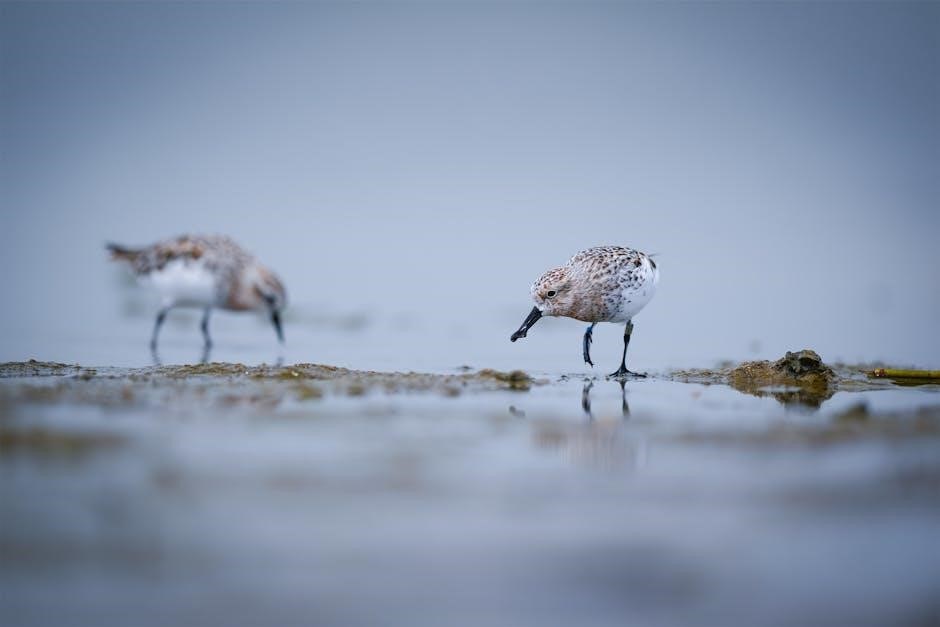
Paglia’s Feminist Perspective and Critique
Camille Paglia’s feminist critique explores Hitchcock’s portrayal of women, emphasizing their complexity and power. She argues that The Birds reflects both the allure and danger of femininity.
5.1 The Portrayal of Women in Hitchcock’s Films
Camille Paglia examines Hitchcock’s complex portrayal of women, often depicted as mysterious and powerful figures. In The Birds, Melanie Daniels embodies modern femininity, blending independence with vulnerability. Hitchcock’s female characters, Paglia argues, are multifaceted, reflecting both allure and danger, a duality that captivates and unsettles audiences, central to his cinematic legacy.
5.2 Paglia’s Analysis of the Femme Fatale Archetype
Camille Paglia interprets Melanie Daniels in The Birds as a modern femme fatale, embodying allure and danger. Paglia argues that Melanie’s independence and seductive charm disrupt the patriarchal order, symbolizing both femininity’s power and its potential to unsettle societal norms. This archetype, Paglia suggests, reflects Hitchcock’s fascination with women as enigmatic, complex figures central to his narratives.
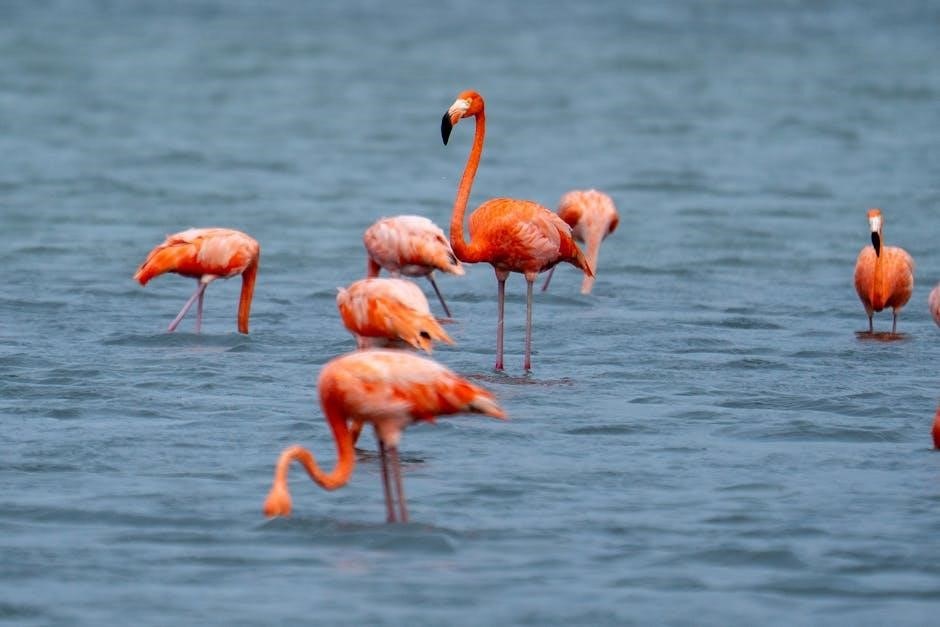
The Cultural and Historical Context of “The Birds”
Released in 1963, The Birds reflects Cold War anxieties and shifting gender roles. Paglia highlights its timeless appeal, linking it to universal fears of nature’s unpredictability and human vulnerability.
6.1 The Film’s Release and Reception in 1963
Alfred Hitchcock’s The Birds premiered in 1963, receiving mixed reviews for its unconventional ending and slow-building suspense. Camille Paglia notes that the film’s ambiguity and refusal to provide clear explanations were initially perplexing to audiences, yet it gradually gained recognition as a masterpiece of psychological horror, reflecting the cultural unease of the era.
6.2 Paglia’s Insights into the Film’s Timeless Appeal
Camille Paglia highlights how The Birds endures due to its exploration of universal themes like nature’s rebellion and sexual power. She argues that Hitchcock’s mastery of psychological tension and symbolic storytelling resonates across generations, making the film a timeless classic. Paglia’s feminist lens further underscores its relevance, particularly in its portrayal of Melanie Daniels as a strong, modern woman navigating chaos and societal expectations.
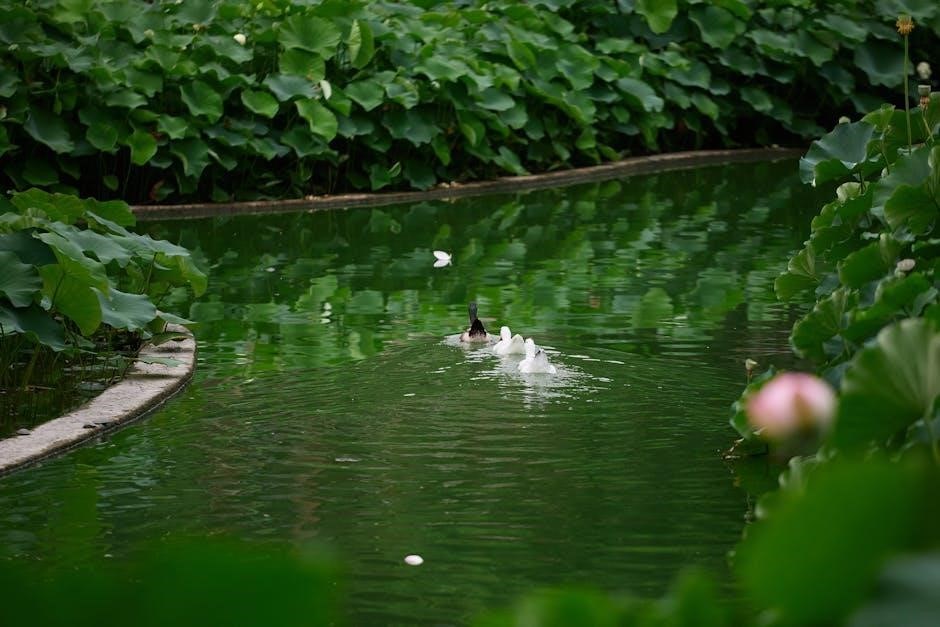
Paglia’s Writing Style and Approach
Camille Paglia’s writing style is provocative and deeply personal, blending literary theory with film analysis to create a unique, engaging critique of The Birds.
7.1 The Personal and Provocative Nature of Her Criticism
Camille Paglia’s analysis of The Birds is marked by her provocative and deeply personal style, blending sharp insights with a unique, almost conversational tone. Her critique is both intellectually rigorous and emotionally engaging, reflecting her feminist perspectives and a fascination with Hitchcock’s exploration of power and sexuality. Paglia’s voice is unmistakable, making her work resonate with readers on multiple levels.
7.2 The Integration of Literary Theory and Film Analysis
Camille Paglia seamlessly merges literary theory with film criticism in her analysis of The Birds, drawing parallels between cinematic techniques and narrative traditions. She explores themes like gender dynamics and nature’s symbolism, supported by theoretical frameworks, creating a rich, interdisciplinary approach that elevates both the film and literary studies, offering fresh insights into Hitchcock’s artistry and cultural relevance.
The Birds as a Reflection of Human Anxiety
The film captures societal fear and psychological turmoil, with the birds symbolizing uncontrollable natural forces, mirroring Paglia’s insights into human vulnerability and existential dread.
8.1 The Theme of Nature’s Rebellion
In The Birds, Hitchcock portrays nature’s rebellion as a chaotic force disrupting human order, reflecting societal fears of losing control. Camille Paglia interprets this as a symbolic clash between humanity and the natural world, emphasizing the birds’ role in unsettling patriarchal dominance and societal norms. The film’s unsettling atmosphere underscores the fragility of human control over nature.
8.2 Paglia’s Views on the Film’s Psychological Depth
Camille Paglia highlights the psychological complexity of The Birds, interpreting the bird attacks as manifestations of the characters’ inner turmoil and unresolved emotions. She argues that the film’s suspense is deeply rooted in its exploration of human psyche, particularly the tension between masculinity and femininity. Paglia sees the birds as symbols of repressed desires and the unpredictable nature of human behavior, adding layers of psychological intrigue to the narrative.
The Legacy of Paglia’s “The Birds” Analysis
Paglia’s analysis remains a landmark in film studies and feminist theory, inspiring new interpretations of Hitchcock’s work and solidifying her reputation as a provocative cultural critic.
9.1 Impact on Film Studies and Feminist Theory
Camille Paglia’s analysis of The Birds has significantly influenced film studies and feminist theory, offering a provocative blend of aesthetic critique and feminist insight. Her work has set a benchmark for interpreting gender dynamics and nature’s symbolism in cinema, inspiring scholars to reinterpret Hitchcock’s oeuvre. Paglia’s integration of literary theory and film analysis has enriched both fields, ensuring her ideas remain central to contemporary criticism.
9.2 Continued Relevance in Contemporary Criticism
Camille Paglia’s analysis of The Birds remains influential in contemporary criticism, blending feminist theory with film studies. Her provocative style and interdisciplinary approach continue to inspire scholars, offering fresh perspectives on Hitchcock’s work. Paglia’s insights into nature, gender, and power dynamics ensure her work stays relevant, making it a vital reference for modern critiques of cinema and culture.
Camille Paglia’s analysis of The Birds remains a timeless exploration of Hitchcock’s mastery, blending feminist critique with cinematic artistry, ensuring its enduring influence in film studies.
10.1 Summary of Paglia’s Key Arguments
Camille Paglia’s analysis of The Birds highlights its aesthetic brilliance, feminist undertones, and psychological depth. She interprets the birds as symbols of nature’s rebellion and feminine power, linking the film to broader cultural and historical contexts. Paglia’s provocative critique underscores Hitchcock’s mastery in blending suspense with metaphor, cementing The Birds as a landmark of cinematic art and feminist discourse.
10.2 The Enduring Influence of “The Birds” and Paglia’s Work
Both The Birds and Paglia’s analysis remain timeless, inspiring new interpretations. Paglia’s integration of feminist theory and film critique has influenced contemporary scholarship, while Hitchcock’s masterpiece continues to captivate audiences. Their work underscores the film’s enduring relevance as a cultural and artistic landmark, ensuring its place in the canon of cinematic and intellectual history.
